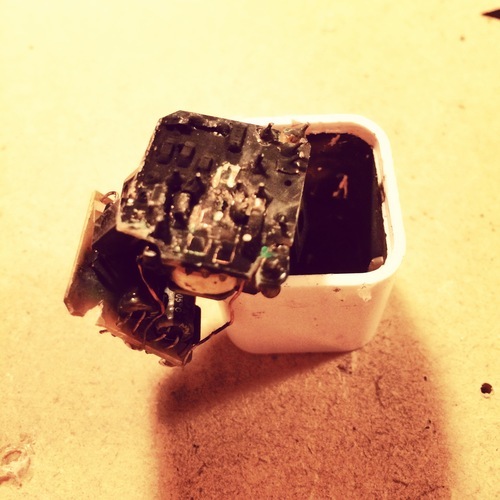

There is already a guide for installing and setting up the MagicMirror software.
Noobs magic mirror pi how to#
If you don't know how to do these things, you're going to have a hard time with the rest of this project, simple as it might be.
Please note that from here on out, I will assume that you have some idea of how to program, execute Linux commands, and edit files from the terminal. Once you have Raspbian installed on your Raspberry Pi, you're ready to start installing the MagicMirror software. The initial setup of the Raspberry Pi is fairly straightforward. here: This product was absolutely perfect for this job. When using wood glue, it's recommended that you use clamps to hold the pieces together while they dry. You can pick all this stuff up at the hardware store. You'll also likely need some screws, bread nails, wood glue, and wood filler.

Woodworking Suppliesįor the frame of the mirror, I used some two-by-fours that I had laying around and some wooden trim I bought at the local hardware store. Please note that you should try to order the mirror as close to the size of your monitor as possible because it's a pretty big pain (though not impossible) to cut it. There are many companies that sell custom acrylic two-way sheets online, but again I used the site recommended by Pierce. All you need to know is that our two-way mirror will act like glass where light shines through and like a mirror where light does not shine through. You can read up on how two-way mirrors work here, but that's outside the scope of this tutorial. The mirror is a sheet of two-way acrylic plastic. As your magic mirror hangs on the wall and needs plugged into an outlet, I also recommend getting an extension cord. Some Extra ElectronicsĪs the monitor and Raspberry Pi both have separate power cables, you may want to order a power splitter. Here is a great video tutorial on how to accomplish this. An optional step (though I recommend doing it) is to remove the plastic bezel from your monitor to make it slimmer and easier to work with. I ended up using the monitor recommended by Pierce, a BenQ GL2760H 27 inch monitor. On many monitors, these ports are located on the side, which will eventually be covered up by the wooden frame of your mirror. Something else to keep in mind when choosing your monitor is the location of the power and HDMI ports. The choice of monitor is really up to you, but I recommend an LED monitor because that provides the best quality light to shine through the mirror.

Speaking of the monitor, you'll also need one of those. You'll also need a short HDMI cable to connect the Pi to your monitor. Additionally, you'll need a micro-SD card pre-loaded with NOOBS, an automated operating system installer which installs Raspbian, the most popular operating system for the Raspberry Pi. I ordered this product from Amazon, which comes with a convenient case for the Pi, a power cable, and two heat sinks. In order to run the MagicMirror software, you'll need a Raspberry Pi. You can find a link to a website for the two-way mirror below. NOTE: I've made a list on Amazon of some of the items that you will/may need for this project, primarily with the exception of the two-way mirror and woodworking supplies.
Noobs magic mirror pi software#
I used Pierce's guide while creating my mirror, but I noticed that some of his code is outdated and it's much easier to use the MagicMirror open source software for this project. This blog post will largely be a revision of this tutorial on how to create a magic mirror. With a little Internet-of-Things magic, you can even incorporate sensors and buttons for interactive abilities. Check it out:Īs long as it's connected to the Internet, you can display just about anything on the mirror that you want (within reason). It sounds pretty trivial, but the end result is actually really cool. A Magic Mirror is basically an LED monitor behind a two-way mirror that displays some text or images. You may have seen this project floating around the Internet before, and maybe even some guides for how to make one.


 0 kommentar(er)
0 kommentar(er)
